Name Mary Cartwright Influences J. E. Littlewood | Known for Cartwright's theorem Doctoral advisor G. H. Hardy Role Mathematician Books Integral functions | |
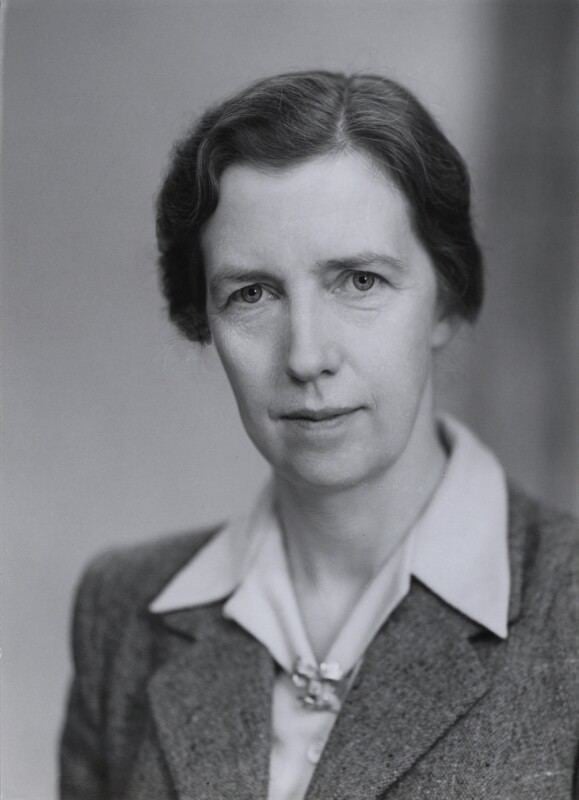 | ||
Born 17 December 1900Aynho, Northamptonshire ( 1900-12-17 ) Doctoral students B. MaitlandGrainger MorrisChike Obi Notable awards FRSDBEDe Morgan Medal (1968)Honorary Fellow, Royal Society of Edinburgh (HonFRSE) 1968Sylvester Medal (1964) Similar People John Edensor Littlewood, G H Hardy, Edward Charles Titchmarsh, Walter Hayman | ||
Influenced by John Edensor Littlewood | ||
Mathematician Debate: Sofia Kovalevskaya vs Mary Cartwright
Dame Mary Lucy Cartwright DBE, FRSE, FRS (17 December 1900 – 3 April 1998) was a British mathematician.
Contents
- Mathematician Debate Sofia Kovalevskaya vs Mary Cartwright
- Mary Cartwright
- Early life and education
- Career
- Death
- Recognition
- Publications
- References
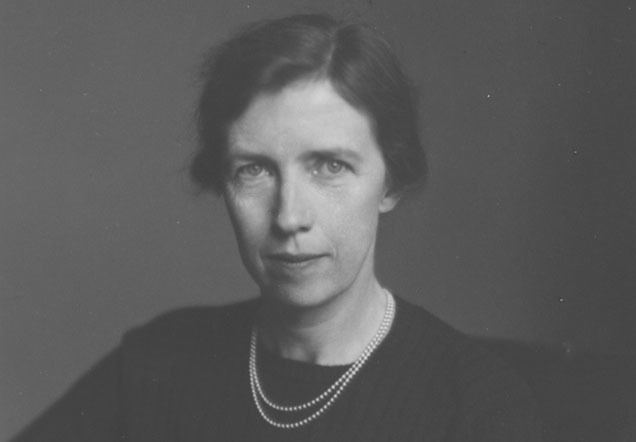
With J. E. Littlewood she was the first to analyse a dynamical system with chaos.
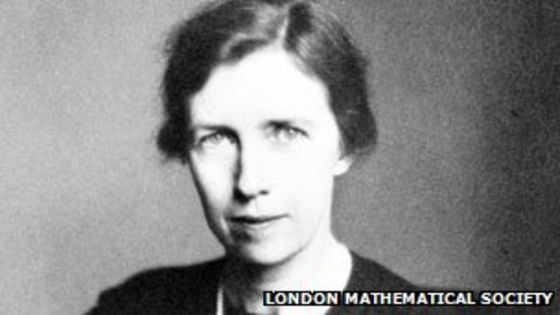
Mary Cartwright
Early life and education
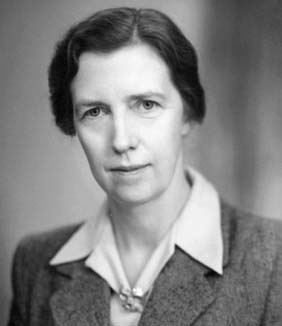
Cartwright was born in Aynho, Northamptonshire, where her father, William Digby Cartwright, was vicar. Through her grandmother Jane Holbech she was descended from the poet John Donne and William Mompesson, the Vicar of Eyam. She had four siblings, two older and two younger: John (born 1896), Nigel (born 1898), Jane (born 1905), and William (born 1907).
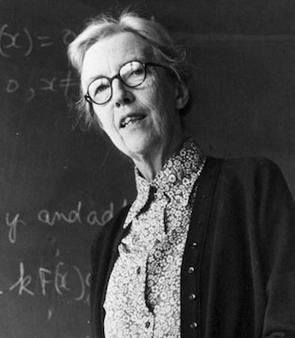
Early education was at Leamington High School (1912–1915) then Gravely Manor School in Boscombe (1915–1916) before completion in Godolphin School in Salisbury (1916–1919).
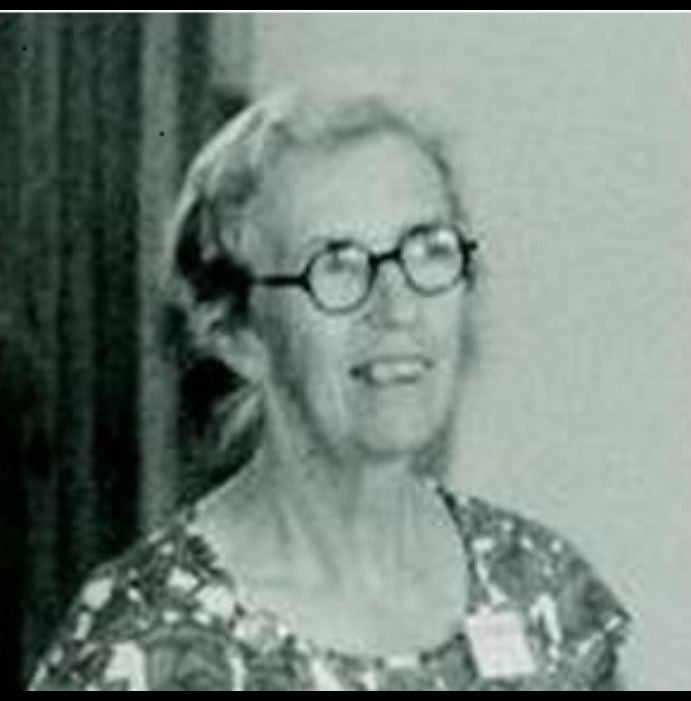
She studied mathematics at St Hugh's College, Oxford, graduating in 1923 with a first class degree. She was the first woman to attain the final degree lectures and to obtain a first. She then taught at Alice Ottley School in Worcester and Wycombe Abbey School in Buckinghamshire before returning to Oxford in 1928 to read for her D.Phil.
She was supervised by G. H. Hardy in her doctoral studies. During the academic year 1928–9 Hardy was at Princeton, so it was E. C. Titchmarsh who took over the duties as a supervisor. Her thesis on zeroes of entire functions was examined by J. E. Littlewood whom she met for the first time as an external examiner in her oral examination for the D.Phil. She would later establish an enduring collaboration with Littlewood.
In 1930, Cartwright was awarded a Yarrow Research Fellowship and she went to Girton College, Cambridge, to continue working on the topic of her doctoral thesis. Attending Littlewood's lectures, she solved one of the open problems which he posed. Her mathematical theorem, now known as Cartwright's theorem, gives an estimate for the maximum modulus of an analytic function that takes the same value no more than p times in the unit disc. To prove the theorem she used a new approach, applying a technique introduced by Lars Ahlfors for conformal mappings.
Career
In 1936, Cartwright became director of studies in mathematics at Girton College, and in 1938 she began work on a new project which had a major impact on the direction of her research. The Radio Research Board of the Department of Scientific and Industrial Research produced a memorandum regarding certain differential equations which came out of modelling radio and radar work. They asked the London Mathematical Society if they could help find a mathematician who could work on these problems and Cartwright became interested in this memorandum. The dynamics lying behind the problems were unfamiliar to Cartwright so she approached Littlewood for help with this aspect. They began to collaborate studying the equations. Littlewood wrote:
The fine structure which Littlewood describes here is today seen to be a typical instance of the butterfly effect. The collaboration led to important results, and these have greatly influenced the direction that the modern theory of dynamical systems has taken.
In 1945, she simplified Hermite's elementary proof of the irrationality of π. Her version of the proof was published in an appendix to Sir Harold Jeffreys' book Scientific Inference. In 1947, she was elected to be a Fellow of the Royal Society and, although she was not the first woman to be elected to that Society, she was the first female mathematician.
Cartwright was appointed Mistress of Girton in 1948 then, in addition, a Reader in the Theory of Functions in Cambridge in 1959, holding this appointment until 1968.
Death
She died in Midfield Lodge Nursing Home in Cambridge in 1998.
Recognition
Cartwright was the first woman:
She also received the De Morgan Medal of the Society in 1968. In 1968 she was elected an Honorary Fellow of The Royal Society of Edinburgh (HonFRSE). In 1969 she received the distinction of being honoured by the Queen, becoming Dame Mary Cartwright, Dame Commander of the Order of the British Empire.
